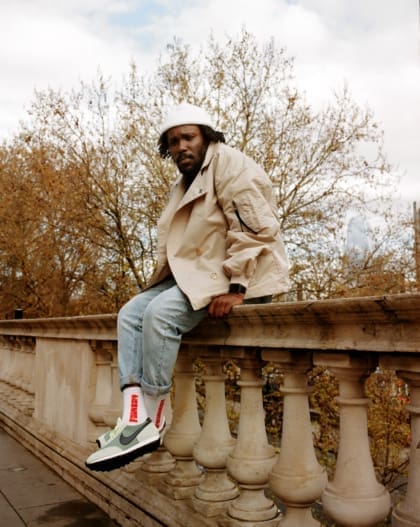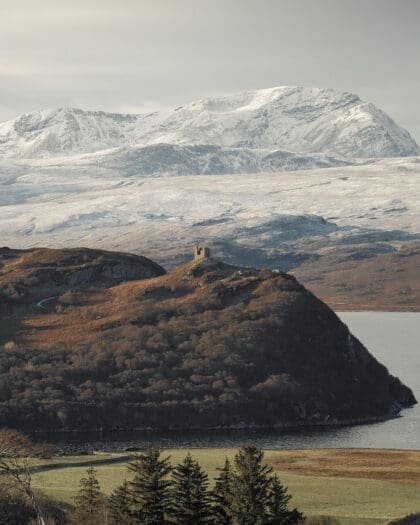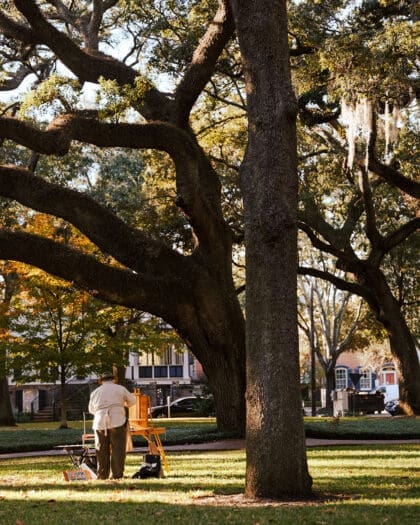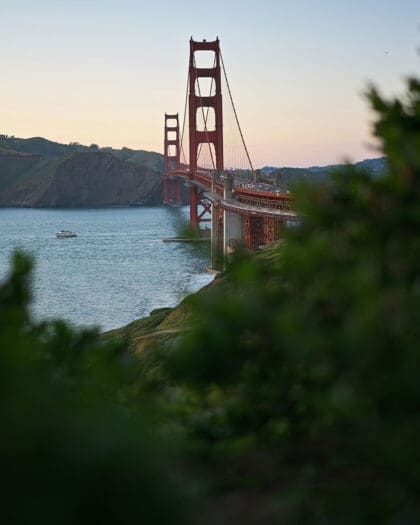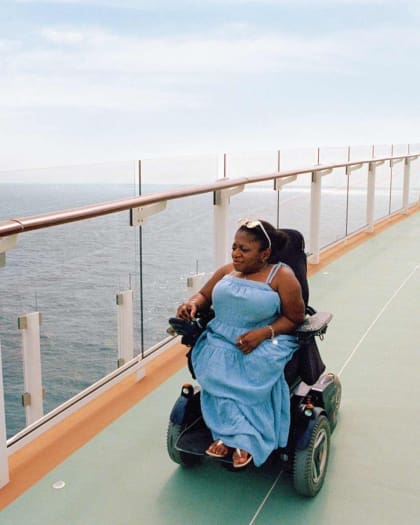
How can hospitality do better when it comes to accessible tourism?
Travellers with disabilities are often underserved and underwhelmed by an industry that appears to be ignoring a sizeable market. From improving inclusivity and access across all touchpoints to clearer communication, one expert outlines how the sector should be rethinking accessible tourism
“Step… step… step,” I repeat in my head, discounting the restaurants I roll past with my three friends along Melbourne’s Lygon Street, which – as the birthplace of the city’s famed cafe culture – has long been a tourist drawcard. It’s an experience common to me and many wheelchair users and effectively illustrates the revenue that businesses lose by not installing a $200 ramp that would allow me, as a wheelchair user, and my friends to patronise a restaurant.
According to the latest World Health Organization estimates, approximately 1.3 billion people – 16 per cent of the world’s population – experience significant disability. Yet the travel sector has been slow to recognise this huge market opportunity, with almost no businesses providing disability awareness training for their staff and few offering the accommodation that many people with disability need to access the same services as the general population.

Slow progress
Back in 2016, the United Nations World Tourism Organization (UNWTO) dedicated its annual World Tourism Day to “Promoting Universal Accessibility”, with its secretary general Taleb Rifai stating at the time that accessibility should be at the centre of tourism policies and business strategies, “not only as a human right, but also as a great market opportunity.”
This galvanised action in developing accessible tourism products and experiences and, crucially, information portals to allow people with access needs to plan their trips – a lack of information about accessibility is as much a barrier as a lack of accessible infrastructure. Yet it also showed a clear-eyed recognition that it’s not the incentive to “do the right thing” that will shift the dial – businesses won’t act unless they see a positive impact on their bottom line.
The subsequent recognition of the importance of accessible or inclusive tourism has been remarkable. I speak from personal experience: I was the accessible travel manager for Lonely Planet from 2014 to 2020.
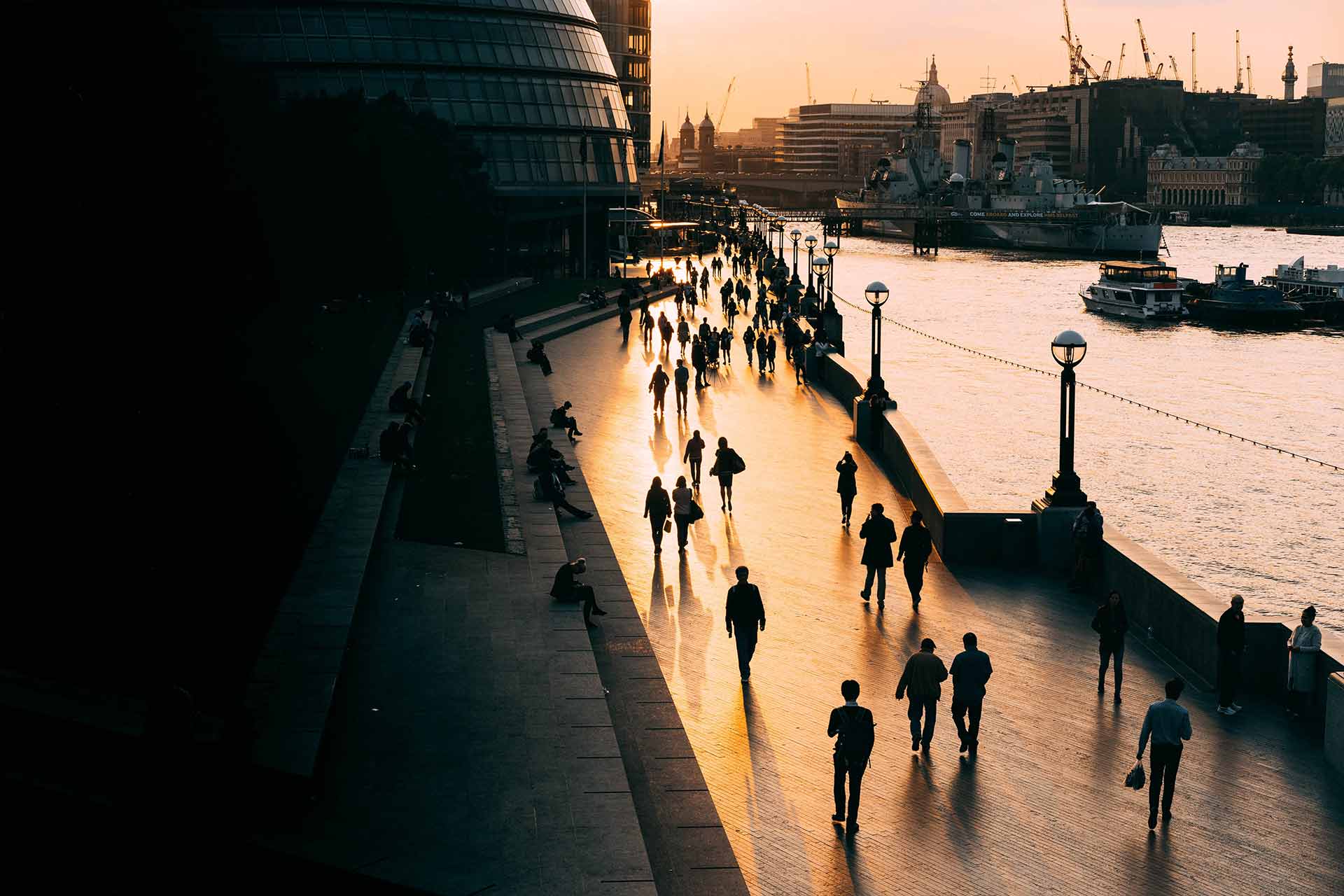
A lack of accessible tourism is costing the tourism economy
So what is this great market opportunity? A groundbreaking 2014 survey by VisitEngland explored the value of the so-called Purple Pound (the spending power of disabled people and their families) to tourism, finding that the total annual spend where a member of the party had an impairment was 12.1 billion GBP, with subsequent studies revealing that this figure had increased to 14.6 billion GBP in 2018.
Further data shows that, discounting inbound visitors, UK residents and their party spent 6.7 billion GBP in overnight stays and 7.4 billion GBP in day trips in the 12 months to June 2023, representing 24 per cent and 20 per cent of the total spend, respectively. These groups also tended to stay longer and spent more than the average party, as well as being more likely to travel in shoulder or off-seasons.
In the US, a series of studies by the Open Doors Organization show a similarly remarkable growth in the number of trips taken and the total spend by people with disabilities in the US market. In 2020, a whopping 27 million travellers with disabilities took 81 million trips and spent 58.7 billion USD – up from 34.6 billion USD in 2015.

Few people with access needs are likely to travel alone, too. For some people, like me, solo travel is impossible, so I’m always accompanied by a support worker or my family. If a venue is unsuitable for a wheelchair user, they lose the business of not just one person, but the whole party. When calculating the monetary value of people with disability to tourism, a multiplier of between two and three is usually used.
Tourism professionals are increasingly realising that becoming more accessible and inclusive taps into a market that is neither niche nor small – and includes an ageing but affluent demographic.
“The access market is effectively a group of people that are across all market segments,” says the world’s leading academic researcher in the field, Simon Darcy. “They provide a 20 to 25 per cent buffer above other businesses in your region if you have a degree of universal accessibility, or accessibility just for a number of those groups.”
"Becoming more accessible and inclusive creates an economic opportunity"
Defining accessibility
With different building codes and standards in place around the world, many of which are poorly enforced, it has been difficult – if not impossible – for travellers to be confident about what ‘accessibility’ means from place to place. I spent the first 25 years of my life in the UK and have lived in Australia for the past 27 years. With such overlapping cultures, you would think that an ‘accessible’ hotel room would mean a similar thing in both countries. Not at all.
On my first trip back to the UK after an accident that left me a C4/5 power wheelchair–using quadriplegic, I booked an accessible room in a well-known midrange hotel chain. Being ‘in the business’, I was wise enough to call ahead to make sure that the room would meet my needs. I was told that the accessible bathroom consisted of a bathtub with grab rails – not the roll-in shower that I had expected from my experiences at home (and elsewhere). I asked how a wheelchair user was supposed to use a bathtub and the deadpan response was, “Can’t your support worker help you in and out?” Already incredulous, this flabbergasted me further: “How is my 25-year-old female support worker going to lift an 80kg quadriplegic in and out of a bath?”
As well as highlighting the importance of disability awareness training for hotel staff, this interaction demonstrates the need for accurate information about accessibility. It is not enough to say whether or not a room, venue or activity is accessible; and it’s ludicrous to claim that anything is ‘fully accessible’ given the vast diversity of access needs across the four main domains of disability – mobility, sight, hearing and cognitive impairment – not to mention injury and long-term illness.
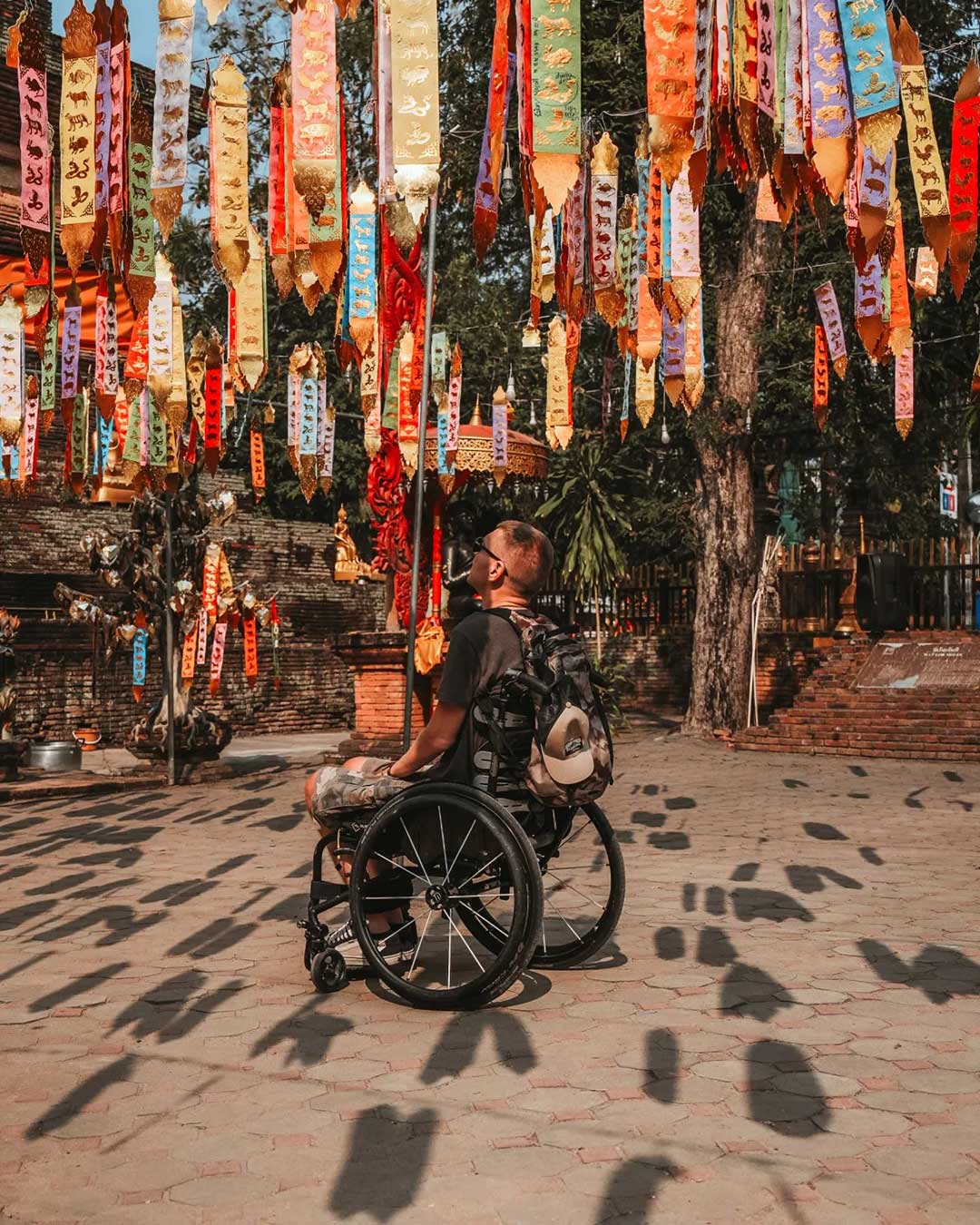
The case for standardised global guidelines
The solution is both top down and bottom up. To foster international understanding of what ‘accessibility’ means in tourism, the UN’s World Tourism Organization – in collaboration with leading non-profit organisations in the field, published a set of standardised guidelines (ISO 21902:2021) applicable internationally. Ideally, all tourism service providers would implement these requirements and recommendations – but of course that’s a pipe dream.
In the meantime, the disability communities would be best served by a bottom-up approach, in which tourism service providers publish access statements or access guides, which state key accessibility information so that people with access needs can decide for themselves whether the offering is suitable for them. As Simon Darcy has argued, “Document your accessibility, make it publicly available and you will be doing your business a service, and people with disability a service.”
VisitEngland has long provided invaluable support to businesses through successive iterations of its accessible and inclusive tourism toolkit. Most importantly, it offers businesses in the UK a template to create their own access guide, which is uploaded it to the VisitEngland website. As of March 2024 a new portal allows businesses to book an on-site assessment of venues, conducted for a very reasonable fee. All guides are published and searchable on AccessAble’s website, currently used by six million people a year.
“What we mean by accessible tourism,” says Ross Calladine, accessibility and inclusion lead for VisitEngland, in a report I authored for Asia-Pacific Economic Cooperation (APEC), “is tourism experiences that can be enjoyed by everyone – people with physical, sensory and cognitive impairments, but also others with a range of different accessibility requirements.” Primary among those “others” are seniors who almost certainly won’t regard themselves as disabled, but have increasing access needs as they age.
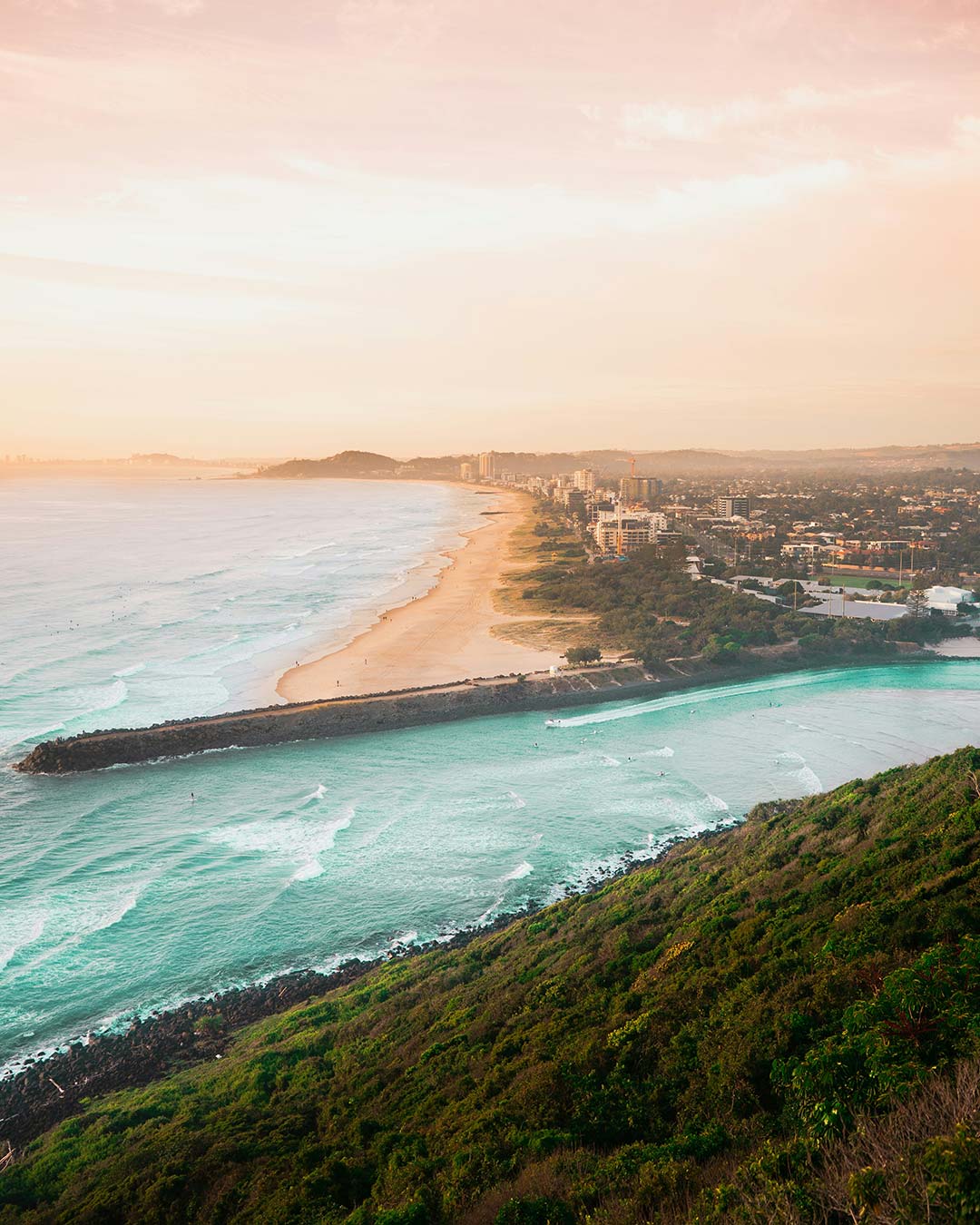
In praise of the pioneers
While lauding the pioneers, it would be remiss not to mention the great work currently being done by Portugal and Australia, and Queensland in particular. The state declared 2023 the Year of Accessible Tourism, an initiative that continues in 2024 and is part of the Towards Tourism 2032 strategy to make Queensland a destination for people of all abilities, ahead of hosting the Olympics and Paralympics.
The Queensland government has allocated 12 million AUD in grants to assist small and medium-sized tourism businesses to improve infrastructure; develop products and services for use by tourism and events businesses; to deliver disability awareness training; and to facilitate improved communication, including digital tools and adaptive equipment.
These grants allow many small businesses, which make up the majority of tourism service providers, to make their first foray into accessible and inclusive tourism – 252 have been awarded so far. Further funds were allocated to raise awareness of accessibility needs and services – something many businesses may never have considered – and promote accessible Queensland visitor experiences.
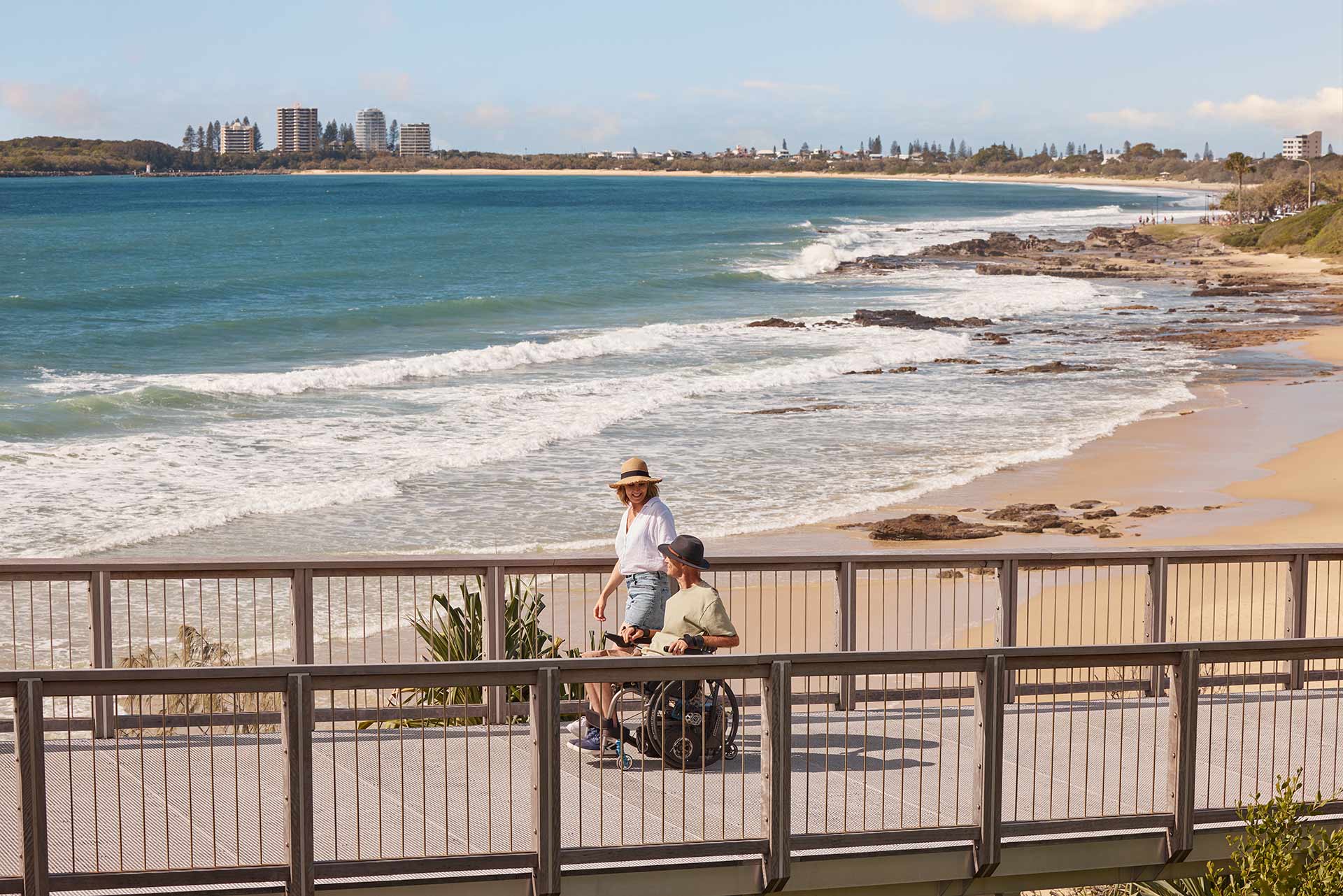
Although these are relatively small amounts, the impact is huge. The tourism industry is one of the worst offenders when it comes to a lack of diversity in representation – holidaymakers in advertising are invariably young and beautiful unless they are well-heeled and handsome ‘silver’ tourists enjoying a cruise – so it’s great to see funds being used to create marketing assets that show people with disabilities enjoying tourism experiences like other holidaymakers. Tourism Research Australia estimates there is 1.8 billion AUD in untapped potential by making these improvements.
Another destination that has been significantly investing in accessible tourism in recent years is Portugal. Turismo de Portugal’s accessible tourism financing programme has supported 107 projects since 2017, with its “All for All” initiative, which supports improving facilities, training and promotion of destinations as accessible. In 2018 Portugal became the first country to introduce an accessible tourism module into the curricula of its hospitality and tourism schools.
"Accessible tourism is not about ‘them’, and doing the right thing by people less fortunate than yourself; it’s about all of us"

A growing demographic of older travellers
By 2030, one in six people in the world will be aged 60 years or over, which equates to about 1.4 billion people. Meanwhile, the UNWTO estimates that by 2025 one in eight international trips will be taken by a retiree aged 60 or above. As the global ageing population grows, accessible tourism is not just about catering for people with a disability, it’s about catering for anybody with access needs, many of whom will be ageing into disability without regarding themselves as disabled. Harking back to World Tourism Day 2016, Taleb Rifai noted that, “With the world’s population ageing, all of us will benefit sooner or later from universal accessibility in tourism.”
Accessible tourism is not about ‘them’, and doing the right thing by people less fortunate than yourself; it’s about all of us. (Remember, too, that disabled people make up the largest minority in the world, and it’s the only minority that anyone can join at any time in the blink of an eye – as I found out myself.)
Any tourism business that wants to sustain itself into the future will need to accommodate this ageing demographic because retirees – the current cohort of baby boomers – already control the majority of the world’s wealth, and also have the time and inclination to travel. The President of Turismo de Portugal, Carlos Abade, is in total agreement: “Tourist destinations must be inclusive, and this is one of the main challenges if we want sustainable tourist development for our countries.”



